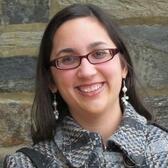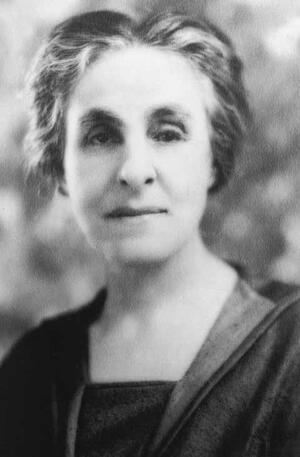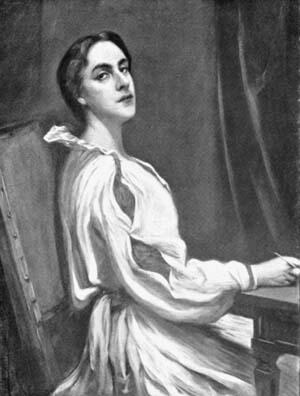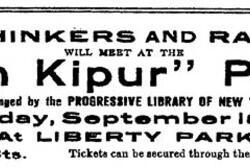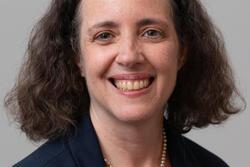“In a Place Where There Are No Men”
The 21st century in general, and this season in particular, is a high stakes time in the congregational rabbinate. Taking a break from my annual scramble to produce four 20-minute sermons that will change the course of history (that’s really what it feels like), I had the opportunity to re-read some High Holy Day words that actually did change the course of history.
In the fall of 1890, journalist Ray Frank was on assignment in Spokane Falls, Washington. Realizing she would be in town for the High Holy Days, she inquired about the local Jewish community. When she discovered that there was no synagogue serving the small community of Jews in the area, she offered to preach for them if they assembled a critical mass.
Let’s pause for a moment and acknowledge the significance of her offer: in the late 19th century, an unmarried female journalist, who was traveling alone, offered her services as a religious leader to the local community. There was no recorded resistance to it, even though she was neither a clergy-person nor a known member of the community. As a female rabbi in the early 21st century, that would shock me, even today.
Frank’s sermons at the Spokane Opera House on the High Holy Days launched her career as the “Girl Rabbi of the Golden West.” For the next decade, Frank preached and lectured throughout the western United States, on everything from the future of Judaism to the role of women in society.
Revisiting Frank’s story, I am moved by her words in that first Yom Kippur sermon. Frank called the Jews of Spokane Falls to task for what many of us still encounter in the organized (and disorganized) Jewish world: disagreements about minhag that kept the community from establishing a synagogue or Religious School; and the challenge of balancing Jewish practice with modern life.
Coming to the community as an outsider, Frank was able to say what no one else could: “Think of it, ye Israelites, the chosen of the earth, so divided as to how you will worship [God] that you forget to worship at all! ... Drop all personal feelings in the matter, and meet each other half way over your differences; give each other a hearty handshake for the sake of your cause.”
Frank’s cause was not so different from that of today’s Jewish leaders. In 1890s America, Jews had relatively unlimited freedom and were encouraged to assimilate in the wider community. This led to a fragmenting of the Jewish community in Spokane, where differing opinions had resulted in a dissolution of a cohesive community. For Frank, the only solution was for the community to put aside its differences and establish a synagogue and a religious school. The women in the community had a special role to play in this according to Frank. Like the biblical Hannah, they were responsible for “bringing to the Temple the Samuels to fulfill the Law.”
I don’t think it’s a coincidence that Frank referenced Hannah in her speech. In an era when the Israelites still worshiped through animal sacrifice, it was Hannah, a marginalized woman, who served as disruptor, introducing the idea of personal prayer and changing Jewish worship forever.
Our tradition teaches us that, “In a place where there are no men, you must strive to be a man” (Pirke Avot 2:5) Ray Frank did the opposite. In a place where there were no men willing to unify and lead the Jewish community, Frank did what only a woman, and only an outsider, could do. She disrupted the paradigm.
I did a little digging on the current Jewish community in Spokane. I learned that they did, at Frank’s urging, establish a synagogue that year. There were many splits and mergers over the next hundred-plus years. But today, though there are two liberal synagogues, one rabbi serves them both.
Sources:
Ellen Umansky and Dianne Ashton, eds. Four Centuries of Women’s Spirituality, pp. 108-109, 128-136.

